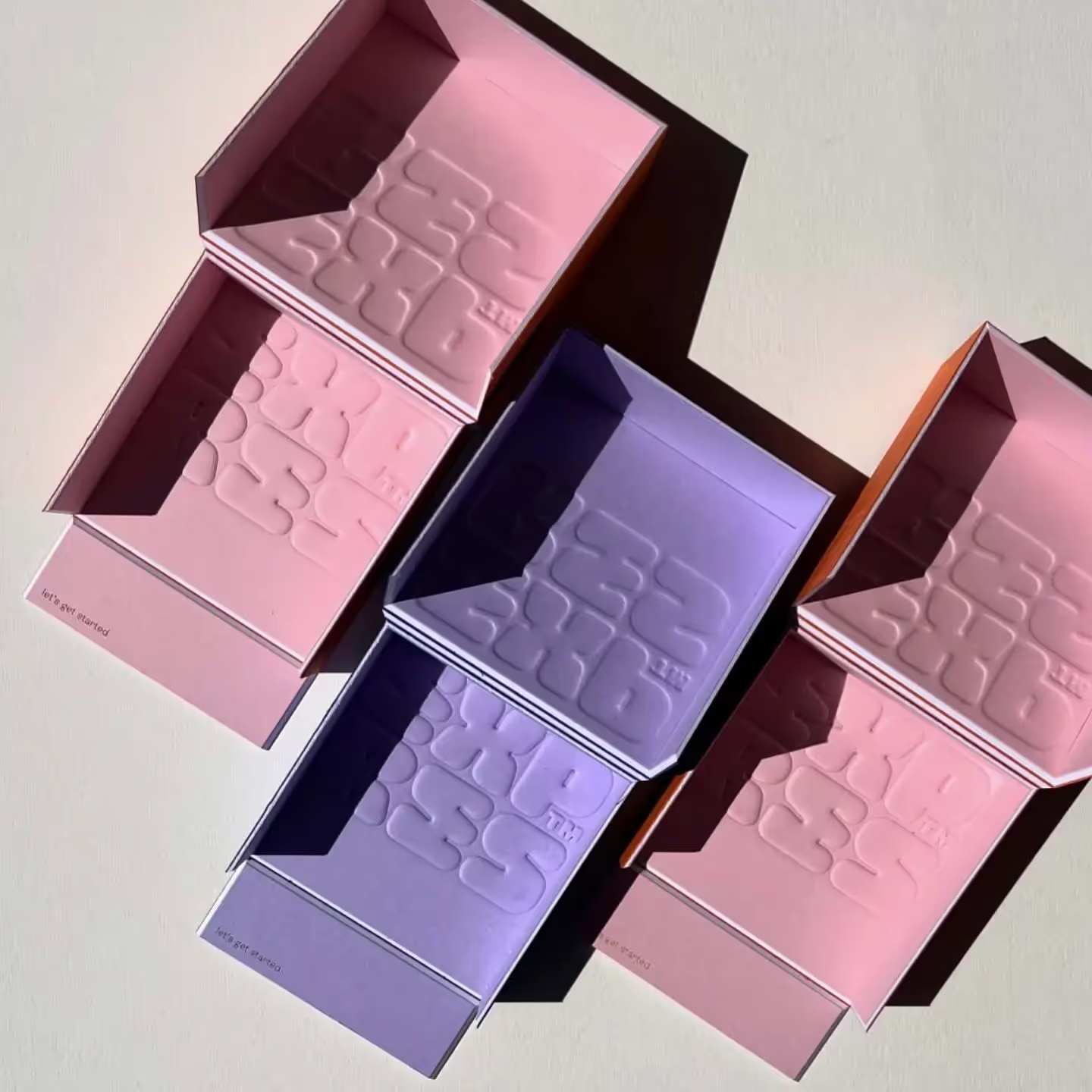How to Choose the Right Custom Shipping Box Sizes
Learn to choose the right custom shipping box sizes. Get design ideas, packaging tips, and cost-saving ways to make boxes that protect products.
Contact Us now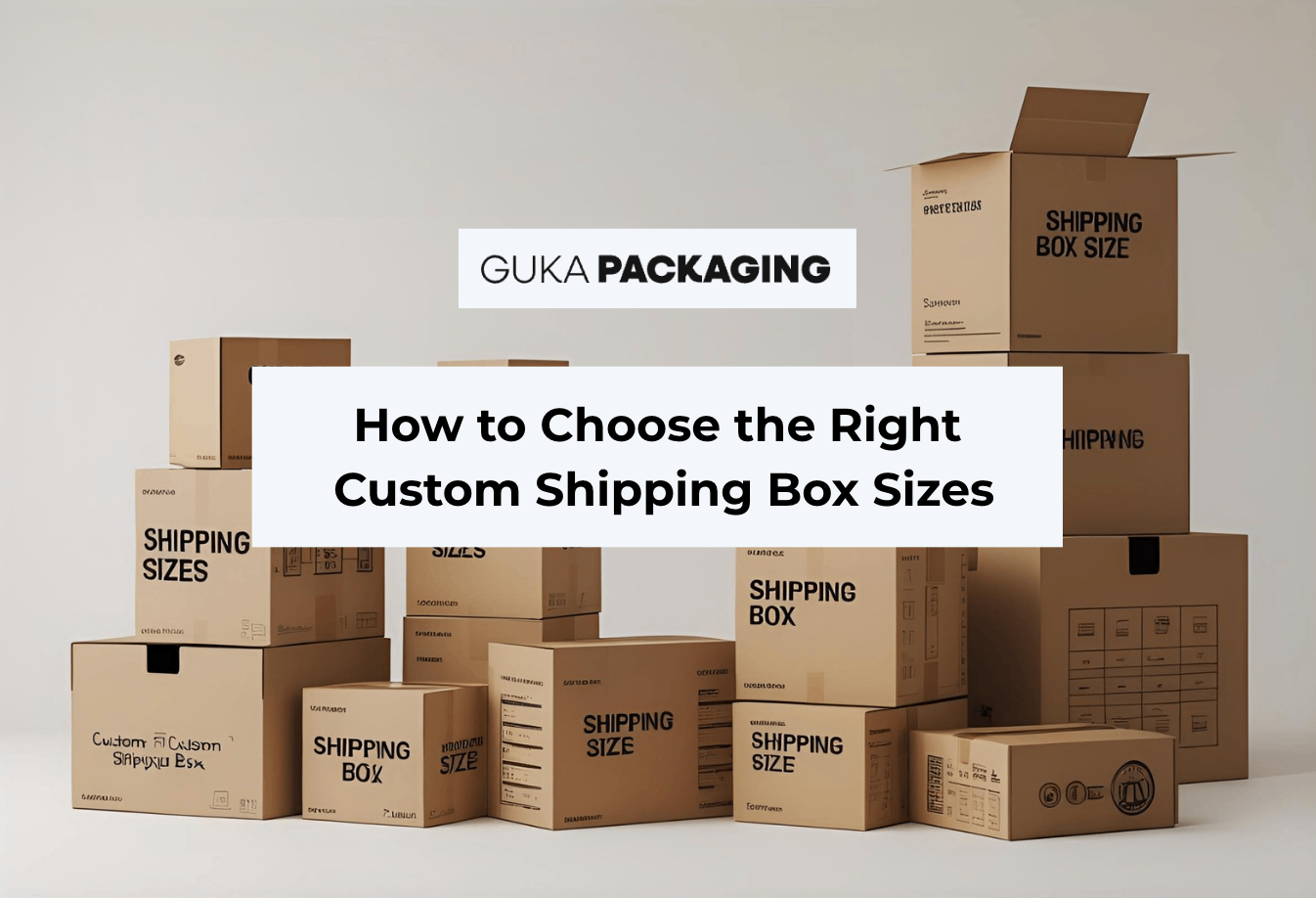
Table of content
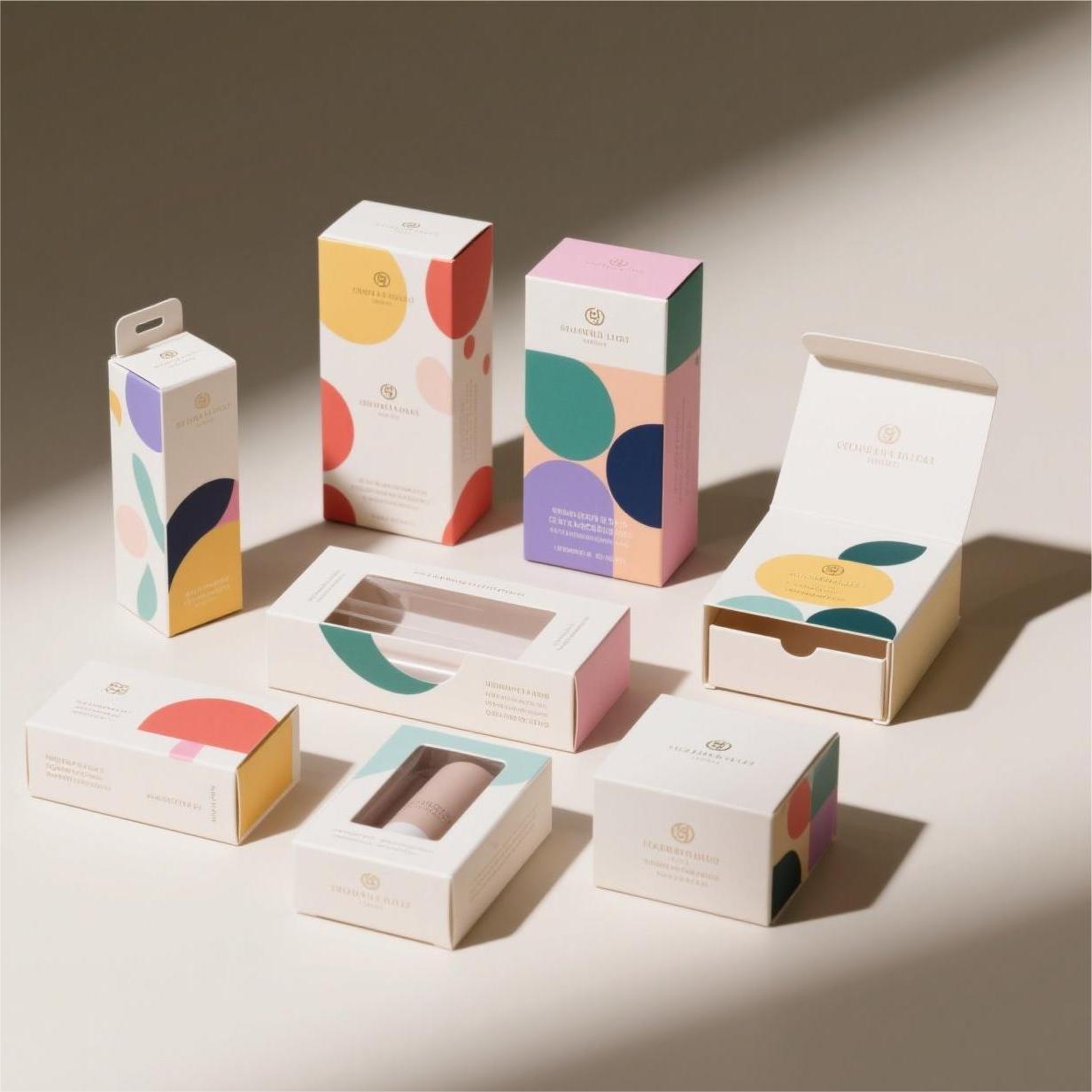
Ready to Elevate Your Brand with 100% Custom Box & Bag Solutions?
Get a Free QuoteWhen running an e-commerce business, one of the most overlooked yet critical factors is choosing the right custom shipping box sizes. The wrong size can increase shipping costs, cause product damage, or waste packaging materials. On the other hand, well-designed custom corrugated shipping boxes not only protect products but also optimize logistics and create a better customer experience.
In this guide, we’ll walk you through how to measure your products correctly, compare standard vs. custom cardboard box sizes, explore shipping box design ideas, and show you how to make custom shipping boxes that balance cost efficiency with protection.
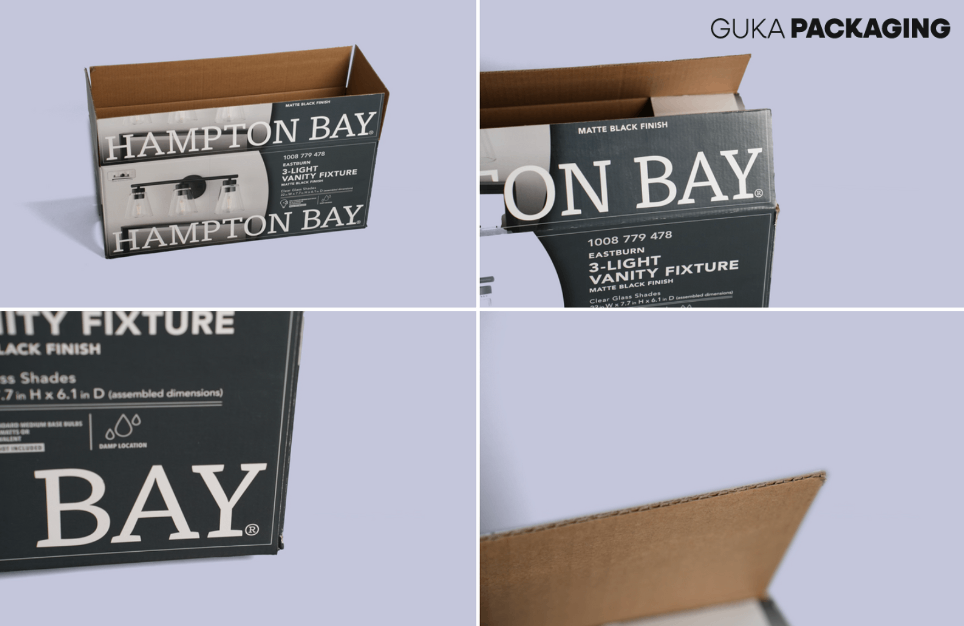
1. Accurate Measurement: The First Step in Box Selection
The first step in selecting custom shipping box sizes is accurate measurement. Too many businesses only measure the product itself, forgetting to account for protective packaging space. This often leads to damages and higher return rates.
Best practices for measuring:
- Measure length, width, and height with a tape measure. How to measure box dimension? Check out this blog.
- Take multiple measurements and calculate the average for accuracy.
- Always leave extra buffer space:
- Fragile items (glass, ceramics, electronics): +3–5 cm buffer.
- General items (clothing, books, accessories): +1–2 cm buffer.
- Soft goods (apparel, textiles): +1–2 cm is usually enough, but avoid overly tight packaging.
By measuring carefully, you’ll ensure your custom mailing packaging fits perfectly without being oversized or too tight.
2. Standard Sizes vs. Custom Box Sizes
Choosing between standard and custom dimensions can impact both costs and efficiency.
Advantages of standard box sizes:
- Lower purchasing costs (mass-produced boxes are cheaper).
- Easy to source from suppliers.
- Compatible with commonly available fillers like bubble wrap and foam.
- Faster packing and easier stacking during shipping.
When to consider custom box sizes:
- Your product has unique dimensions.
- You want to minimize filler use for sustainability.
- Branding requires tailored shipping packaging design for a better unboxing experience.
Tip: Start by listing your most common product sizes, then match them with the closest standard box. Use custom cardboard box sizes only when necessary.
3. Choosing the Right Corrugated Material
The durability of custom corrugated shipping boxes depends on the material. Corrugated fiberboard comes in different grades and flute types, each with varying strength:
- A-Flute: Strongest, ideal for fragile or heavy products.
- B-Flute: Common choice for retail and general e-commerce.
- C-Flute: Lightweight, great for books and documents.
- E/F-Flute: Thin and sleek, suitable for cosmetics or apparel.
Also consider board weight (measured in GSM or lbs). Heavier items need thicker, stronger corrugated materials.
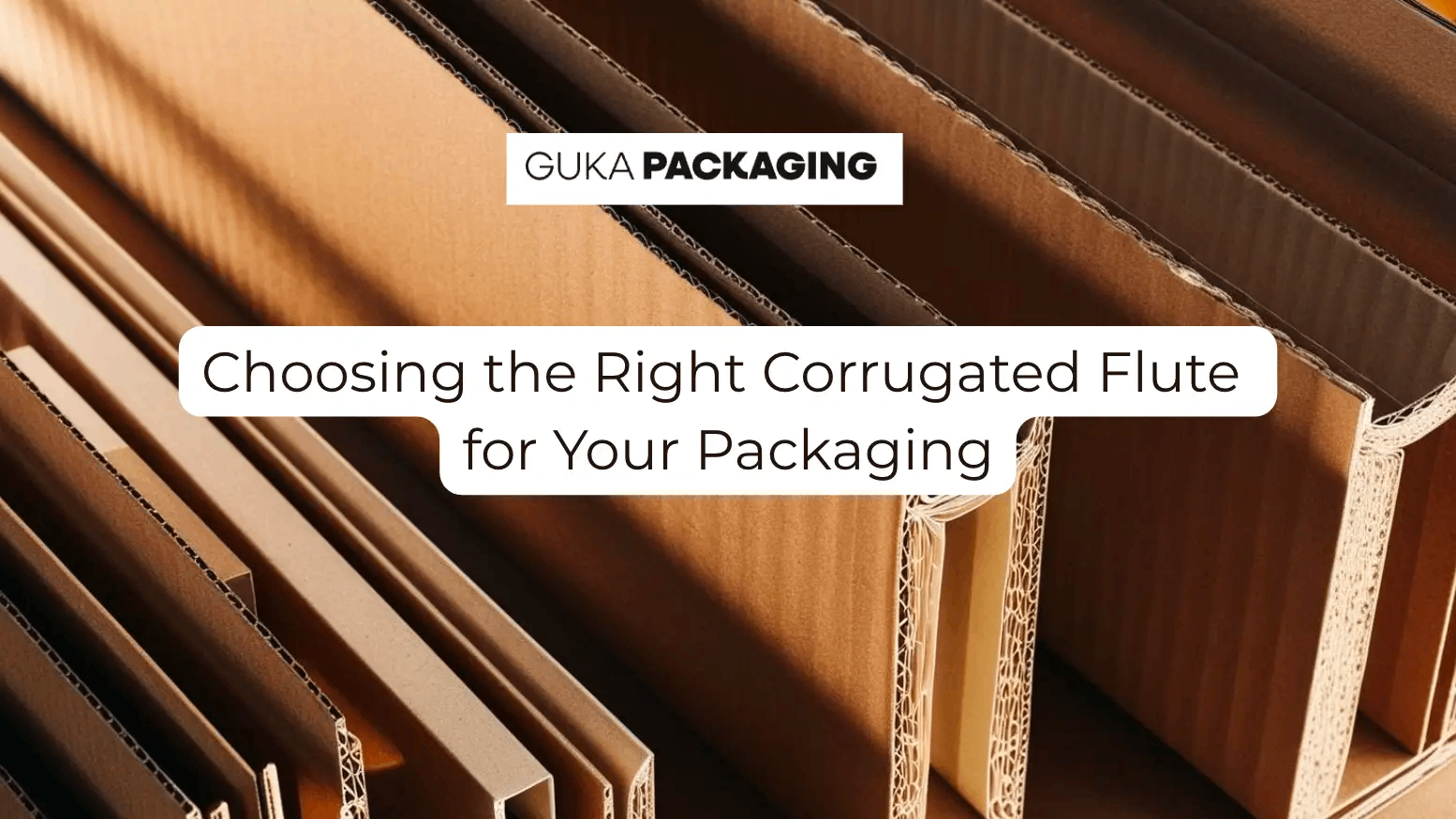
Corrugated Box Material Selection Guide
Recommendations for Matching Corrugated Materials with Different Product Categories
- Fragile items (ceramics, glass):
Recommended to use Type A corrugated board, combined with sufficient cushioning materials (such as air bubble film, foam padding). - Electronics:
Recommended to use Type B or Type A corrugated board, with custom inner trays or partitions for added protection. - Textile products:
Recommended to use Type B or Type C corrugated board. Depending on product weight and volume, select the suitable grammage and add fillers if needed. - Books:
Recommended to use Type C corrugated board with medium grammage. - Food products:
Recommended to use food-grade corrugated board, selecting grammage and specifications according to the food type.
4. Internal Protection: Fillers and Dividers
Choosing the right shipping box design doesn’t stop with outer dimensions. The inside matters just as much.
Popular filler options:
- Bubble wrap: cost-effective, works for most items.
- Foam inserts: excellent shock absorption for fragile goods.
- Paper stuffing: eco-friendly and affordable, great for light items.
- Biodegradable fillers: sustainable alternatives (cornstarch, molded pulp).
Dividers and inserts: For electronics, glass bottles, or irregularly shaped goods, adding dividers keeps products secure and prevents collisions.
5. Shipping Box Design Ideas for Branding
A box isn’t just protection — it’s also part of your branding strategy. Beyond functionality, shipping packaging design can elevate your customer’s unboxing experience.
Here are some shipping box design ideas to consider:
- Mailer box design ideas: Sleek, tuck-top mailers are great for subscriptions and retail products.
- Decorate shipping boxes: Add custom prints, eco-friendly inks, or stickers to reinforce your brand identity.
- Creative box openings: Magnetic closures or tear-strips make the packaging more user-friendly.
Investing in custom box sizes with thoughtful branding adds value to your e-commerce business by turning packaging into a marketing tool.
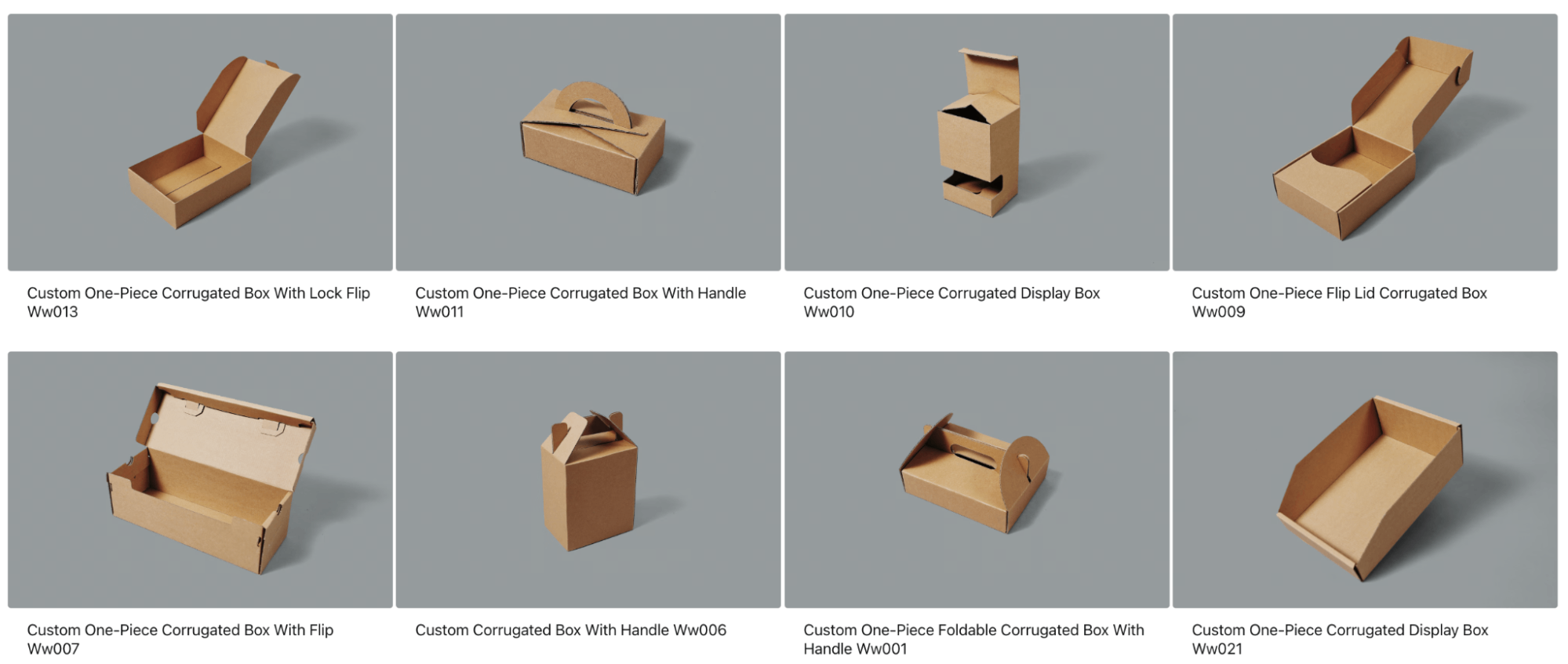
6. How to Make Custom Boxes for Shipping
If you’re wondering how to make custom boxes for shipping, the process usually involves:
- Product analysis – Measure and group products by size and weight.
- Box design – Decide between mailer boxes, shipping cartons, or branded corrugated packaging.
- Material selection – Choose corrugated type and thickness based on product fragility.
- Printing & branding – Apply your logos, colors, or unique artwork.
- Production & testing – Order samples, perform drop-tests, and finalize dimensions.
This approach ensures your custom mailing packaging is both protective and cost-efficient.
Customize Your Shipping Box with GUKA
Choosing the right custom shipping box sizes is a balance between precision, cost, and protection. By accurately measuring products, considering standard vs. custom box sizes, selecting the right corrugated material, and applying smart shipping box designs, you can reduce shipping costs, minimize damages, and create a better brand experience for customers.
If you’re looking for tailored solutions, custom corrugated shipping boxes can be designed to meet your exact needs — ensuring your products arrive safely and your customers are impressed.
FAQ: Common Questions About Custom Shipping Box Sizes
Q1: How do I measure products to select the right box size?
Measure length, width, and height, then add 1–5 cm buffer depending on fragility. Check out this complete guide.
Q2: Should I choose standard or custom box sizes?
Start with standard sizes for cost efficiency, but use custom box sizes for unique products or branding.
Q3: What materials are best for shipping boxes?
Corrugated board (A, B, C, E flutes) is most common. Heavier or fragile products need stronger grades.
Q4: How can I decorate a shipping box to reflect my brand?
Use branded mailer box design ideas, custom prints, eco-inks, or unique opening styles to create memorable unboxing.
Recommended for you



.avif)
.avif)


.avif)
.avif)




.avif)
.avif)
.avif)
.avif)
.avif)
.avif)






.avif)
.avif)
